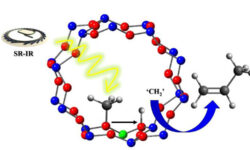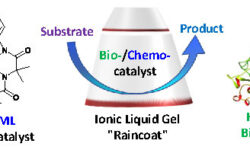Blueprint for the Catalysis Data Infrastructure

The development of a prototype for the UKCH catalysis data infrastructure (CDI) presents a dashboard listing of publications, datasets, and authors data. The data is presented as indicators that demonstrate the impact of the UKCH, providing insight into the number and types of publications, author statistics, institutional collaborations, and research…










